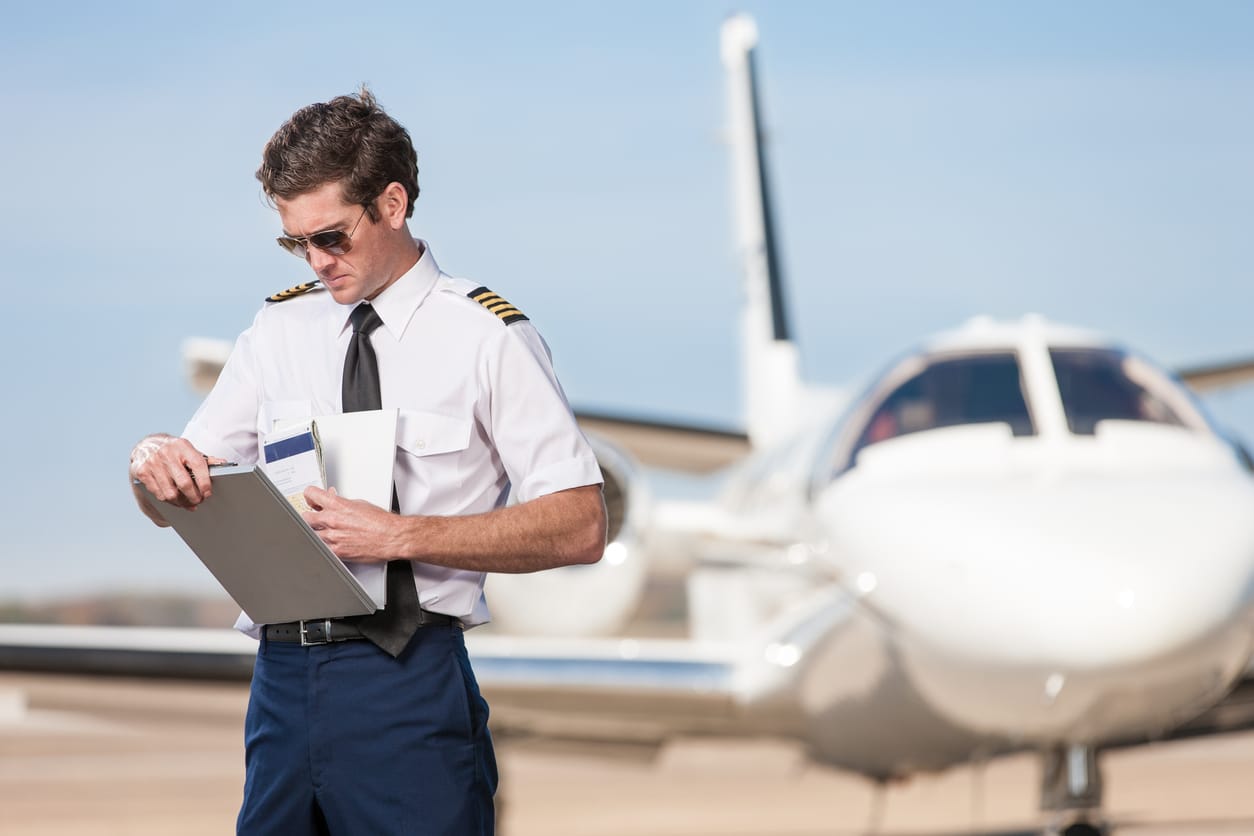
Pilot Shortage: Why the U.S. is Running Out of Pilots
In recent years, the United States has experienced a significant shortage of qualified pilots. This phenomenon is not only impacting the commercial airline industry but also affecting the military, cargo, and general aviation sectors.
This article explores the factors behind this shortage, the implications for the aviation industry, and potential solutions to address the problem.
The impact of the pilot shortage
The pilot shortage has led to the cancellation of flights, reduced flight schedules, and increased reliance on foreign pilots to fill the gaps. Additionally, smaller airlines and regional carriers have been hit the hardest, with some even folding under the pressure of insufficient pilot numbers.
The shortage is also affecting the military, as the U.S. Air Force has been struggling to recruit and retain enough pilots to meet its operational needs.
Retirement and the ageing pilot population
One of the main factors contributing to the pilot shortage is the increasing number of pilots reaching retirement age. The Federal Aviation Administration (FAA) mandates that commercial pilots retire at the age of 65. In recent years, a significant portion of the pilot population has reached this age, resulting in a considerable number of retirements.
Moreover, the airline industry has not been able to replace these retiring pilots at an adequate pace, leading to an ever-widening gap in the workforce. The average age of pilots has been steadily increasing, with fewer young pilots entering the industry to take their place.
High training costs and student loan debt
Becoming a pilot requires substantial investment in both time and money. The process involves obtaining various licenses and ratings, accumulating flight hours, and completing specialized training programs. Prospective pilots can expect to spend anywhere between $50,000 to $100,000 or more to complete their training.
The high costs associated with pilot training have deterred many potential candidates, as the financial burden often requires taking on significant student loan debt.
Furthermore, entry-level pilot salaries can be relatively low compared to the investment required, making it difficult for new pilots to manage their loan repayments and discouraging potential candidates from pursuing a career in aviation.
Industry downturns and the impact of COVID-19
The aviation industry has faced multiple challenges over the past two decades, including the aftermath of 9/11, the 2008 financial crisis, and most recently, the COVID-19 pandemic.
These events have led to periods of economic downturn, resulting in job losses, furloughs, and hiring freezes within the airline industry.
The COVID-19 pandemic, in particular, has significantly impacted the aviation industry. With travel restrictions and reduced demand for air travel, many airlines were forced to furlough or lay off pilots, causing many to seek alternative employment. As the industry recovers, airlines are struggling to attract pilots back to the cockpit, exacerbating the shortage.
Changing career perceptions
The perception of a career in aviation has also shifted in recent years. Past generations viewed piloting as a prestigious and well-compensated profession, which attracted a steady stream of aspiring pilots.
However, the challenges the aviation industry faces, coupled with the financial burden of training and low starting salaries, have diminished the appeal of a career as a pilot for many young people.
Possible solutions to the pilot shortage
Various measures have been proposed and implemented by the aviation industry, government, and educational institutions to address the pilot shortage. These initiatives aim to attract more people to the profession and support their training and career development.
Reduced training costs and financial support
Efforts have been made to reduce the financial burden associated with pilot training. Some airlines have established their own flight academies, offering subsidized training and job guarantees for graduates. Additionally, scholarships and grants have been made available to aspiring pilots to help alleviate the financial strain.
Increased outreach and educational programs
Aviation organizations, airlines, and schools are working together to promote careers in aviation among young people. These programs aim to spark interest in aviation careers and build a pipeline of future pilots by providing information and resources about the industry.
Military-to-civilian transition programs
The military has been a traditional source of pilots for the commercial sector. Programs designed to facilitate the transition from military to civilian aviation careers can help address the pilot shortage by tapping into a skilled and experienced workforce.
Attracting a more diverse workforce
The aviation industry has historically been male-dominated, with women and minority groups underrepresented in the pilot workforce. Initiatives promoting diversity in the industry can help expand the pool of potential pilots and address the shortage.
Regulatory changes
A few US senators have proposed revisiting the FAA’s mandatory retirement age of 65 for pilots, potentially extending the careers of experienced pilots and providing a temporary solution to the shortage. However, such changes would need to be carefully considered to ensure that safety standards are maintained.
Technological advancements
Advancements in aviation technology, such as increased automation and the development of autonomous aircraft, may eventually help mitigate the impact of the pilot shortage.
While fully autonomous commercial flights are still some years away, adopting advanced technology can help reduce pilots’ workload and pilot shortage.
Conclusion
The pilot shortage in the U.S. is a multifaceted issue with significant implications for the aviation industry. A combination of factors, including an ageing pilot population, high training costs, industry downturns, and changing career perceptions, has contributed to this situation.
Addressing the pilot shortage requires a collaborative effort from the aviation industry, government, and educational institutions to support aspiring pilots and promote a sustainable pipeline of skilled professionals.
By implementing a range of solutions, the U.S. can work towards alleviating the pilot shortage and ensuring a bright future for the aviation industry.




